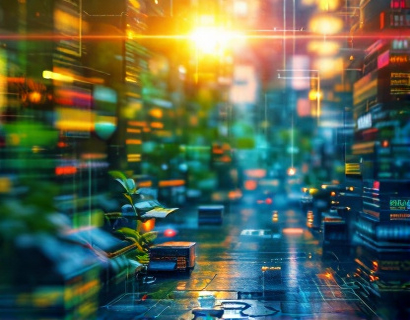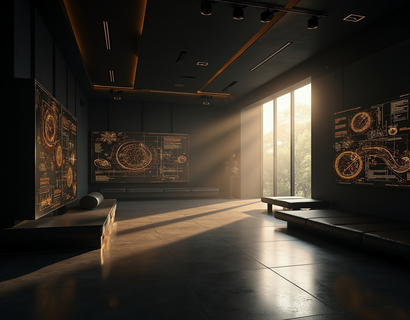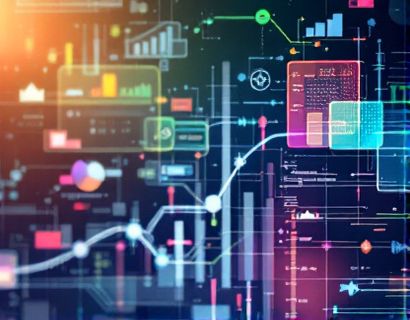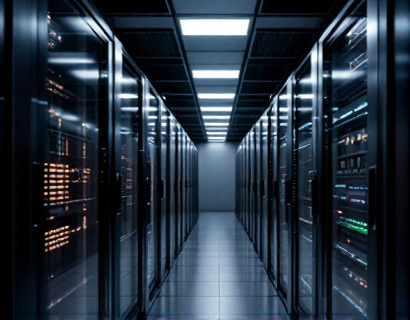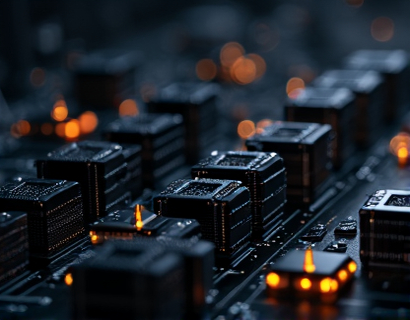Maximizing Your Indoor Garden: Cutting-Edge Tech for Optimal Plant Growth and Sustainability in Solariums
In the realm of indoor gardening, the integration of advanced technology has revolutionized the way enthusiasts cultivate plants within the confines of solariums. These high-tech setups transform light, climate, and automation into a symbiotic ecosystem that ensures optimal plant growth and sustainability. This article delves into the cutting-edge technologies that can elevate your indoor gardening experience, providing expertly tailored solutions that meet your unique needs and create a thriving, future-forward environment.
The foundation of any successful indoor garden is the control and optimization of light. Plants require specific wavelengths and intensities of light to perform photosynthesis efficiently. Traditional lighting options, such as incandescent and fluorescent bulbs, often fall short in providing the necessary spectrum and intensity. Modern LED grow lights, however, offer a superior solution. These lights are energy-efficient, produce minimal heat, and can be customized to emit the exact spectrum of light that plants need at different stages of their growth cycle. By using LED grow lights, indoor gardeners can simulate natural sunlight, promoting healthy growth and vibrant foliage.
Beyond light, climate control is crucial for maintaining an optimal growing environment. Temperature, humidity, and air circulation all play significant roles in plant health. Advanced climate control systems utilize sensors and smart technology to monitor and adjust these conditions in real-time. For instance, thermostats and humidistats can automatically activate heating, cooling, or dehumidification systems to maintain the ideal environment. This level of precision ensures that plants are never exposed to suboptimal conditions, leading to faster growth and higher yields.
Automation is another key component in maximizing indoor garden potential. Automated systems can control lighting, climate, and even nutrient delivery, creating a seamless and efficient gardening experience. Smart controllers and IoT devices allow gardeners to set schedules and parameters, ensuring that plants receive the exact care they need without constant manual intervention. For example, an automated irrigation system can detect soil moisture levels and trigger watering cycles only when necessary, preventing overwatering and conserving resources.
One of the most innovative aspects of modern indoor gardening technology is the use of hydroponics and aeroponics. These soilless cultivation methods offer numerous advantages over traditional soil-based gardening. Hydroponics involves growing plants in a nutrient-rich water solution, while aeroponics suspends plant roots in the air and mistes them with a nutrient solution. Both methods provide precise control over nutrient delivery, resulting in faster growth rates and higher crop yields. Additionally, these systems use significantly less water and space compared to conventional gardening, making them ideal for urban environments.
Another cutting-edge technology that enhances indoor gardening is the use of vertical gardening systems. These systems maximize space by stacking plants in vertical layers, allowing for a higher density of crops in a smaller footprint. Vertical gardens can be integrated with hydroponic or aeroponic setups, further optimizing resource use and space efficiency. This approach is particularly beneficial for those with limited floor space, as it enables them to grow a diverse range of plants without sacrificing yield.
Data analytics and machine learning are also playing a pivotal role in optimizing indoor garden performance. By collecting and analyzing data from various sensors, gardeners can gain insights into plant health, growth patterns, and environmental conditions. Machine learning algorithms can predict optimal settings and adjust systems proactively, ensuring that plants receive the best possible care. This data-driven approach not only improves plant health but also reduces resource waste, contributing to a more sustainable gardening practice.
For those looking to create a customizable and future-forward indoor garden, integrating smart home technology can be highly beneficial. Smart home systems allow for seamless integration of various gardening devices, enabling centralized control through a single interface. This can include voice-activated assistants, mobile apps, and web-based dashboards. Such integration provides gardeners with unparalleled convenience and flexibility, allowing them to monitor and adjust their garden from anywhere.
Sustainability is a critical consideration in modern indoor gardening. Advanced technologies not only enhance plant growth but also promote environmentally friendly practices. For instance, energy-efficient LED lights and smart climate control systems reduce electricity consumption, lowering the carbon footprint of indoor gardens. Additionally, the precise use of nutrients in hydroponic and aeroponic systems minimizes chemical runoff and waste. By adopting these technologies, gardeners can cultivate their plants in an eco-conscious manner, aligning with the growing demand for sustainable living.
The benefits of these advanced technologies extend beyond just plant growth. Indoor gardens equipped with cutting-edge systems can also improve air quality and provide a therapeutic environment for their occupants. Plants naturally purify the air by absorbing carbon dioxide and releasing oxygen, while the controlled environments created by technology can reduce allergens and pollutants. This dual benefit makes indoor gardens not only a haven for plants but also a valuable addition to homes and workspaces.
To implement these technologies effectively, it is essential to consider the specific needs of your plants and the characteristics of your solarium. Factors such as the available space, light conditions, and desired plant types will influence the choice of equipment and systems. Consulting with experts in indoor gardening and technology can help tailor a setup that maximizes efficiency and results. Whether you are a seasoned gardener or a beginner, the right combination of technology can transform your indoor garden into a thriving, sustainable oasis.
In conclusion, the integration of advanced technology in indoor gardening has opened up new possibilities for optimal plant growth and sustainability. From LED grow lights and climate control systems to hydroponics, vertical gardening, and smart home integration, the tools available today offer unparalleled control and efficiency. By embracing these innovations, indoor gardeners can create customizable, high-tech environments that not only enhance their gardening experience but also contribute to a more sustainable future.




